
OR
Nepal-Bangladesh Youth Meet to seek ways to promote bilateral trade
Published On: June 10, 2017 07:55 PM NPT By: Republica | @RepublicaNepal
KATHMANDU, June 10: The Nepal-Bangladesh Youth Conference-2017 kicked off here from Saturday.
The two-day conference will discuss on finding possible ways to promote bilateral trade activities in the context of two countries having limited trade volume despite the proximity in view of the geographical location.
Inaugurating the conference, Bangladesh Ambassador for Nepal, Ms Mashfee BinteShams, pointed out the possibility of resolving common problems among the BBIN (Bangladesh, Bhutan, India and Nepal) Initiative member countries and of achieving economic progress through mutual cooperation and collaboration.
The event would hold extensive discussions on the issues relating to environment, economic and business sectors, she added.
She expressed her belief that the BBIN Initiative would prove a supplementary to the South Asian Free Trade Area (SAFTA) and Bay of Bengal Initiative for Multi-sectoral Technical and Economic Cooperation (BIMSTEC).
Nepal-Bangladesh Youth Conference organising committee coordinator Abhinav Chaudhary said the two countries have close relations in view of geographical location and other aspects, and that the objective of the event was to seek possibilities for bilateral economic development.
In the second session of the conference, Ambassador Shams, National Youth Council Vice Chair Madhav Kumar Dhungel, Nepal Government former secretaries Purushottam Ojha and Rameshwor Khanal and World Bank's representative put their views on the topics relating to Nepal-Bangladesh relations, obstruction and opportunities.
The next session held discussions on the subject of youth's role in tourism industry where tourism entrepreneurs DB Gurung, Binayak Shah, Aang Chiring Sherpa and government former secretary Prachandaman Shrestha took part in.
The last session of the first day of the conference that focused on the discussions about 'youth stewardship in SDG', UNDP program coordinator Bisham Gyawali and National Youth Council Board member Bhawana Bhatta gave their opinions.
A total of 60 representatives from Nepal and 45 from Bangladesh and also from India are taking part in the conference.
Nepal had established its diplomatic relations with Bangladesh, the third geographically closest country after China and India, in 1972. Around 20 thousand tourists arrive for Nepal visit every year. RSS
You May Like This
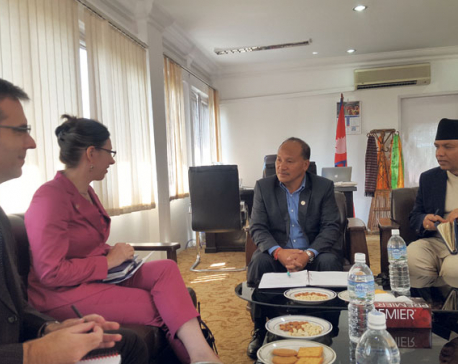
Nepal asks US to promote bilateral trade
KATHMANDU, Oct 18: Nepal has requested the US to increase investment in promoting trade between the two countries. ... Read More...

Nepal delegation visiting India to revise bilateral trade treaty
KATHMANDU, July 31: The government has decided to send an eight-member delegation led by joint-secretary Rabi Shankar of the Ministry of... Read More...
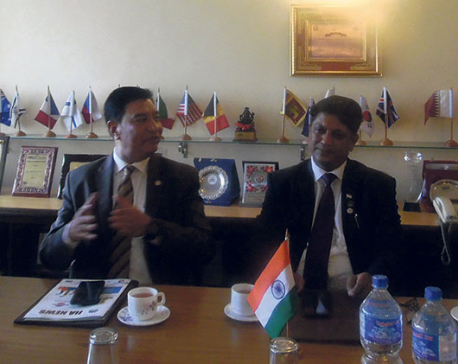
NCC, IIA sign pact to promote trade and tourism
KATHMANDU, May 1: Nepal Chamber of Commerce (NCC) and Indian Industries Association (IIA) have signed an agreement to work together... Read More...

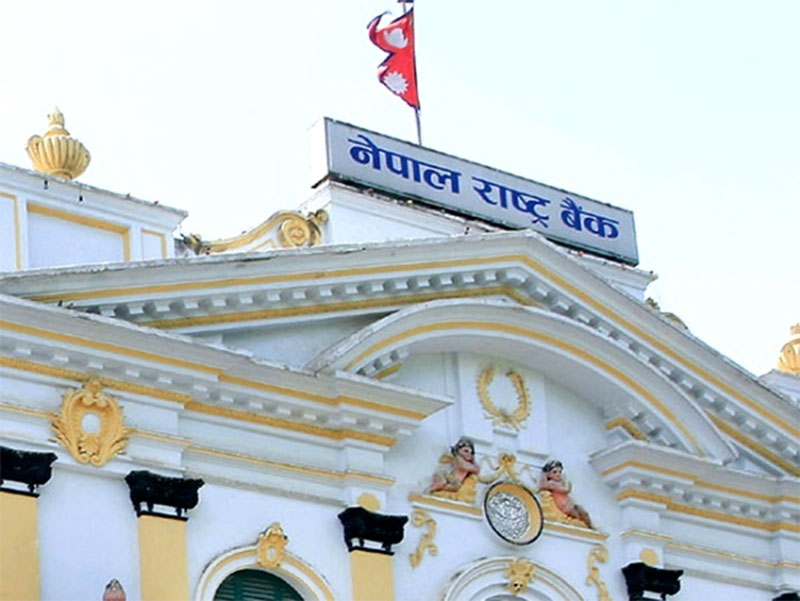


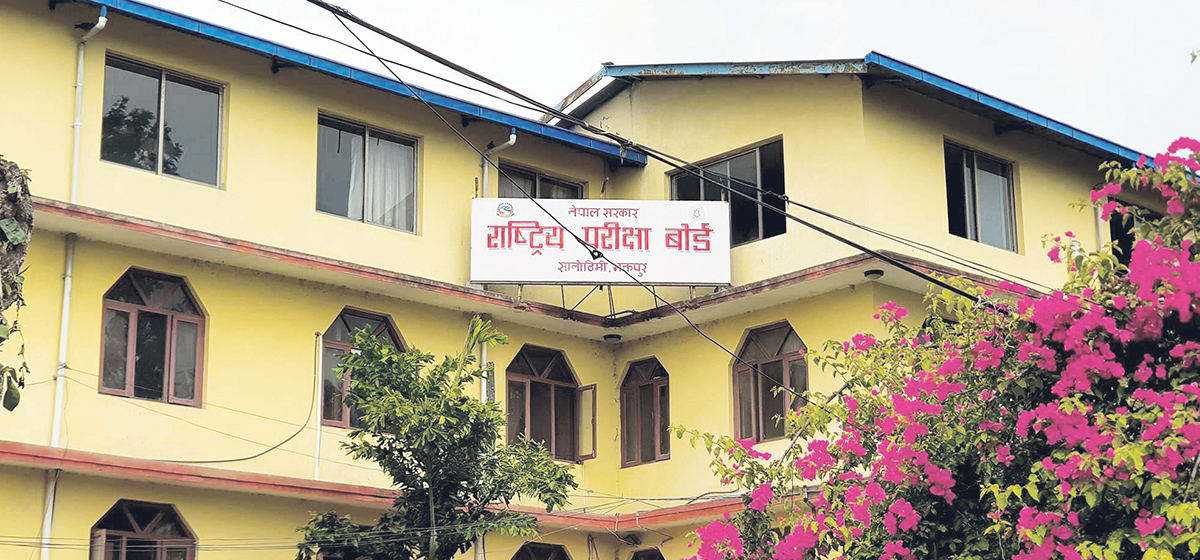
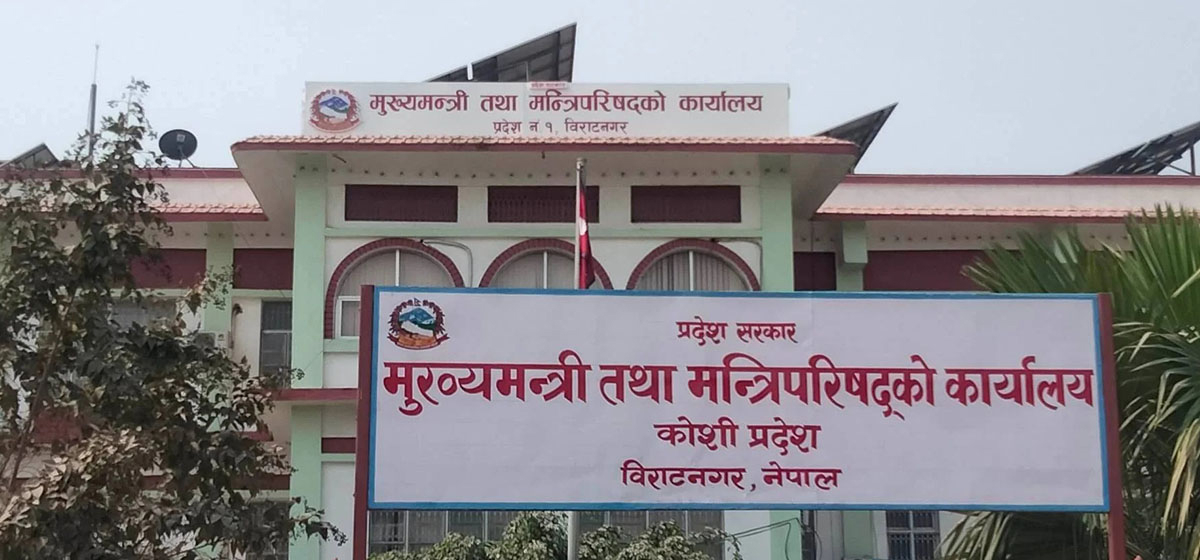

Just In
- NRB to provide collateral-free loans to foreign employment seekers
- NEB to publish Grade 12 results next week
- Body handover begins; Relatives remain dissatisfied with insurance, compensation amount
- NC defers its plan to join Koshi govt
- NRB to review microfinance loan interest rate
- 134 dead in floods and landslides since onset of monsoon this year
- Mahakali Irrigation Project sees only 22 percent physical progress in 18 years
- Singapore now holds world's most powerful passport; Nepal stays at 98th






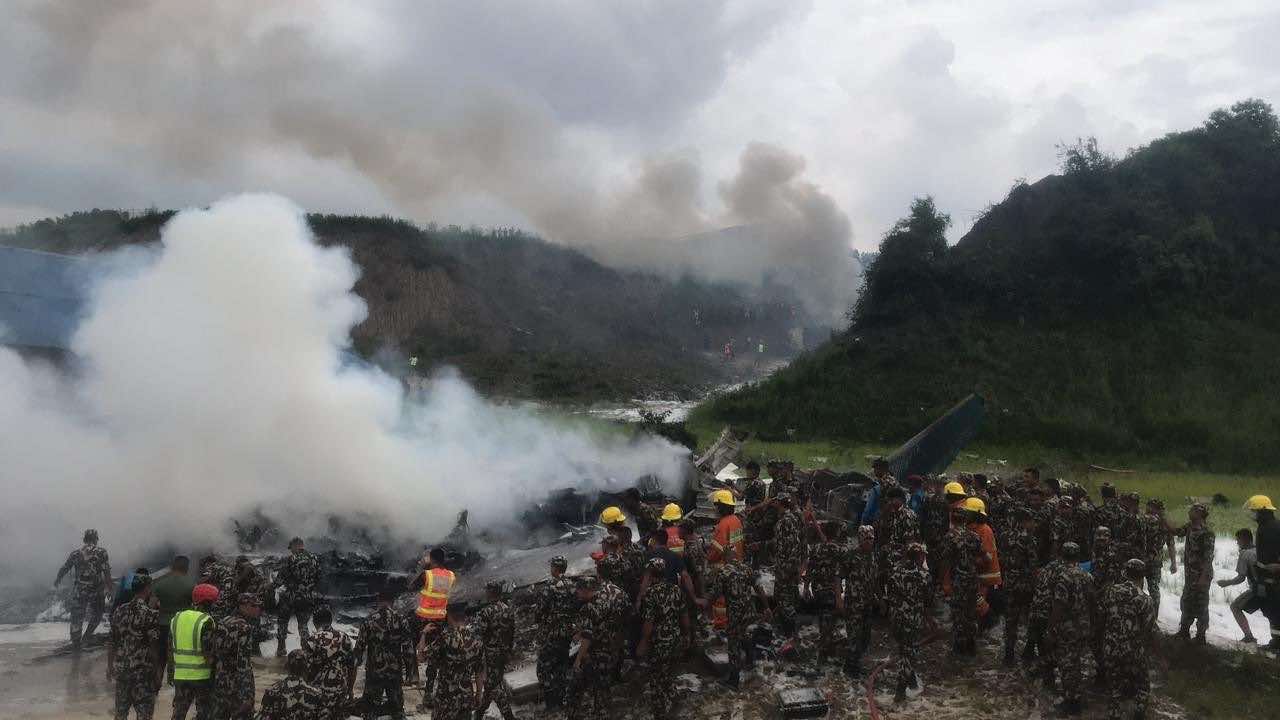




Leave A Comment